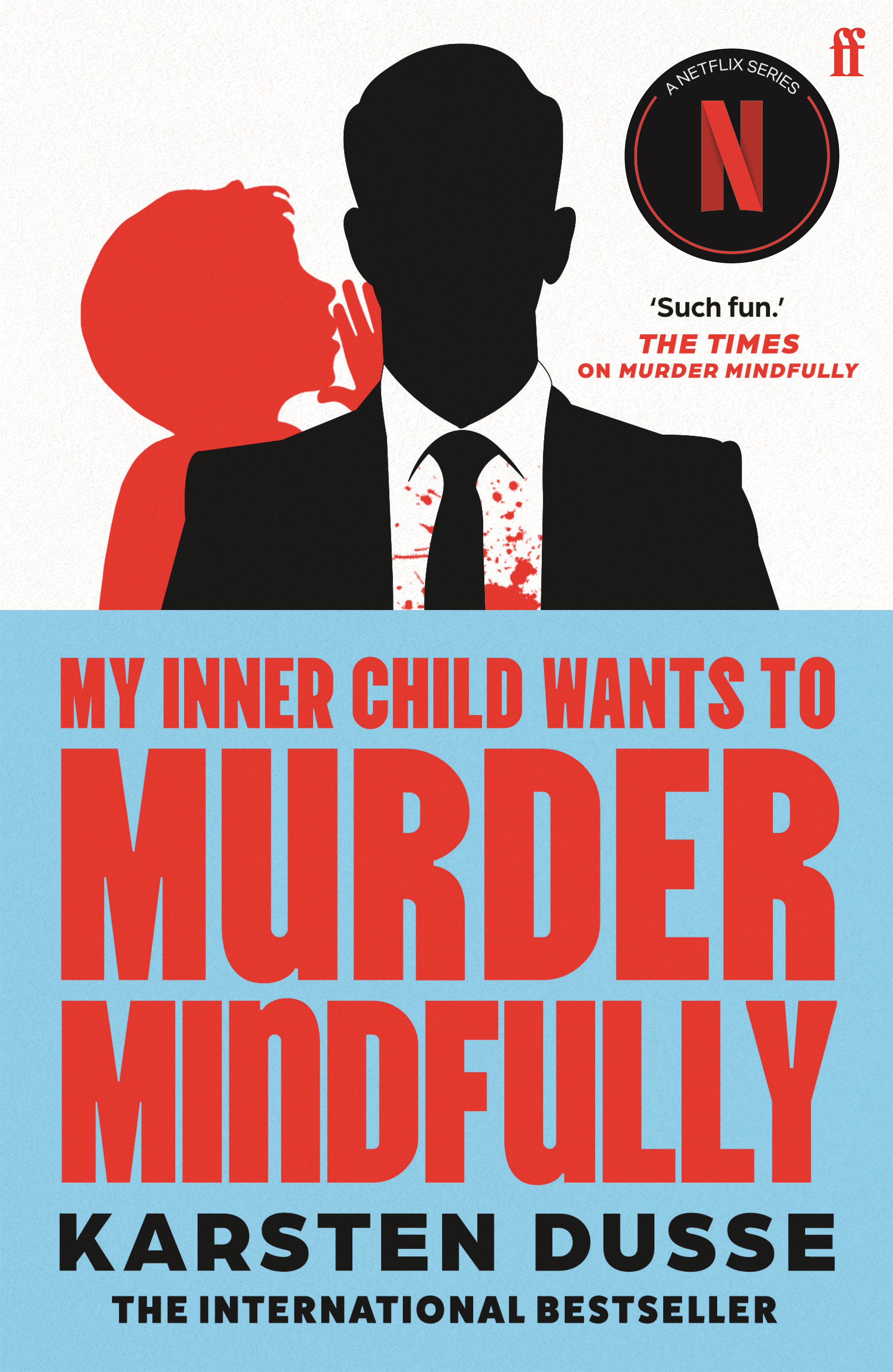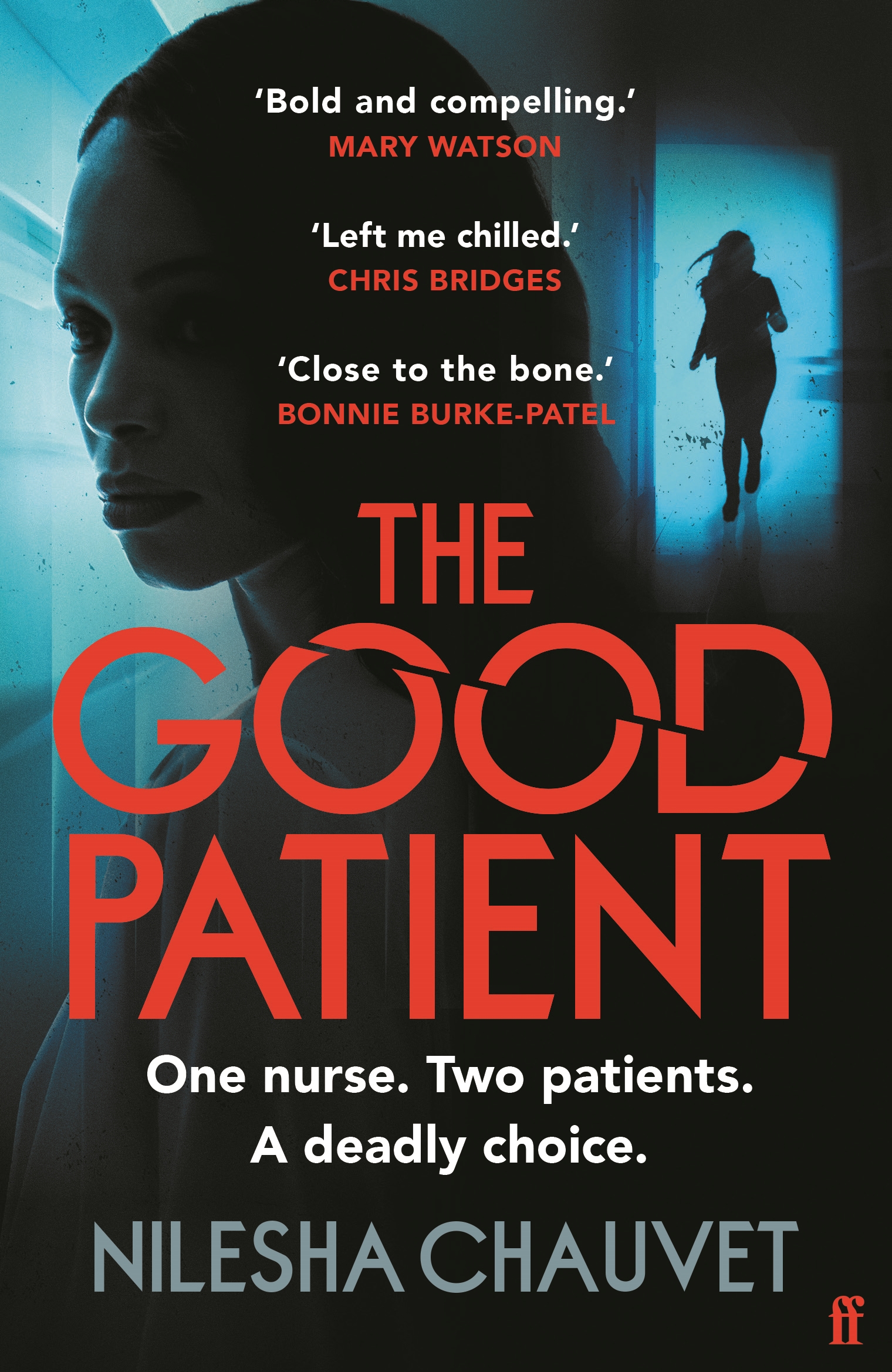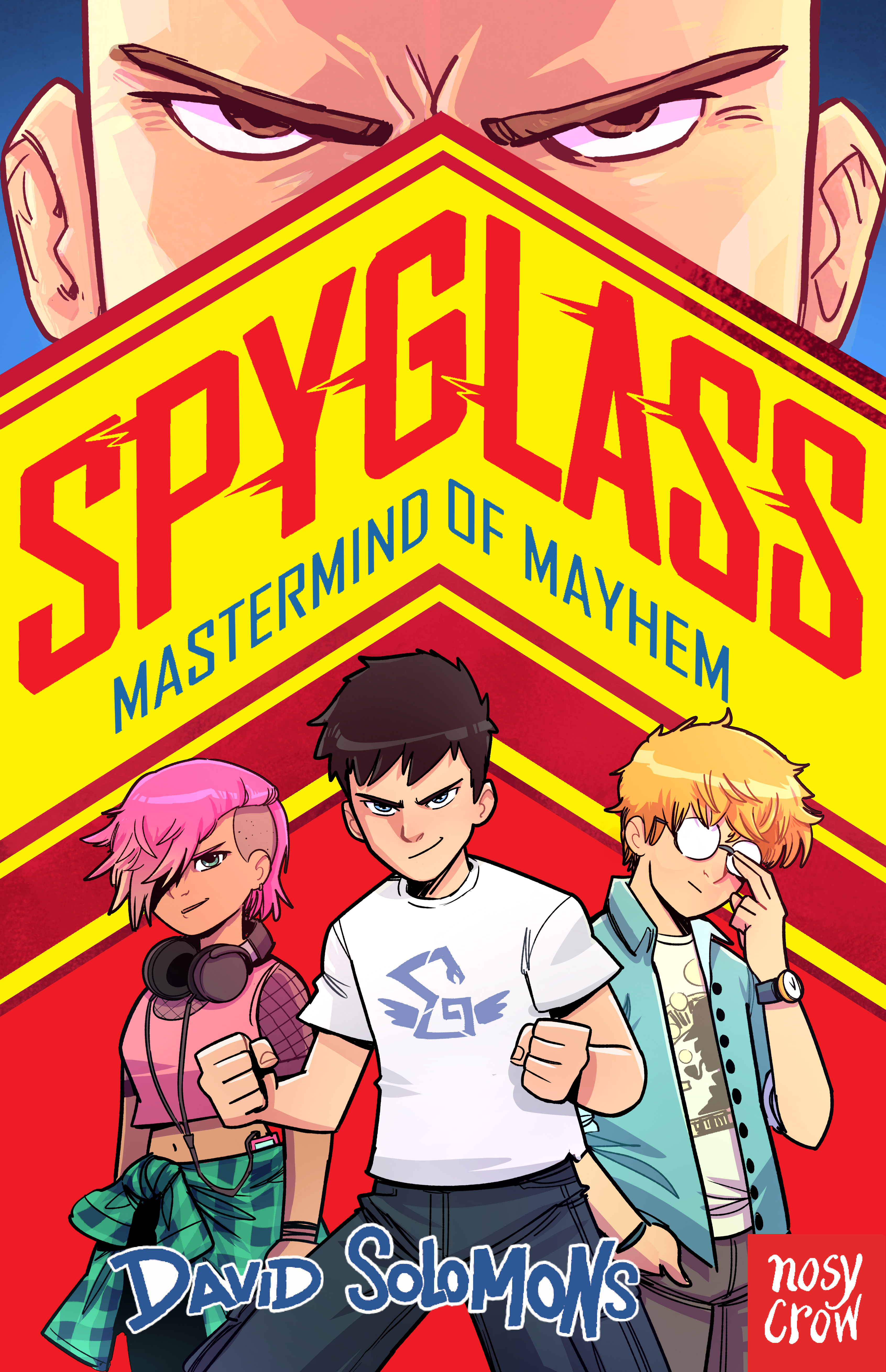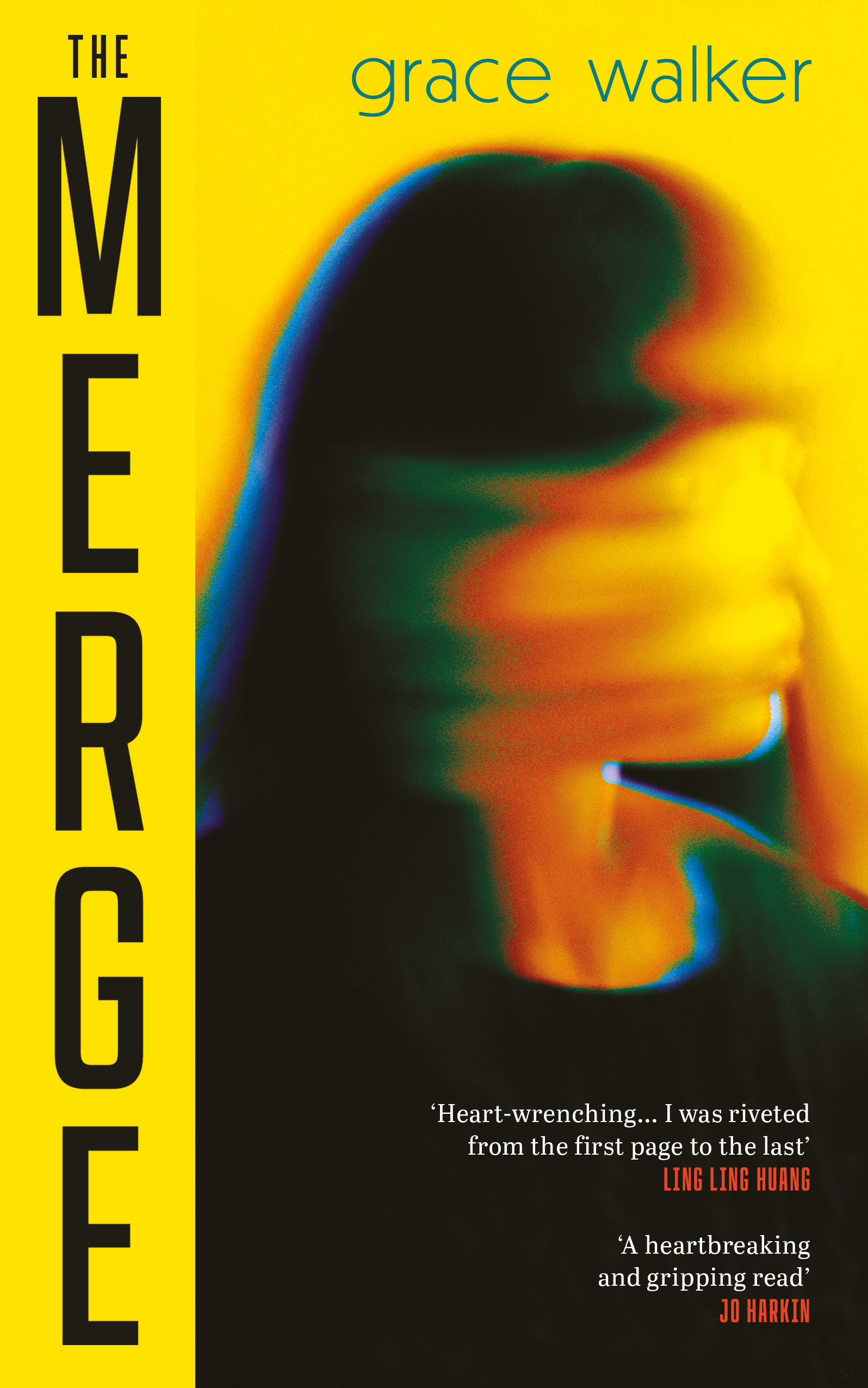Mary Barton

As seen:
By Elizabeth Gaskell
avg rating
1 review
The Penguin English Library Edition of Mary Barton by Elizabeth Gaskell
""The rich know nothing of the trials of the poor; I say, if they don’t know, they ought to know. We’re their slaves as long as we can work; we pile up their fortunes with the sweat of our brows, and yet we are to live as separate as if we were in two worlds""
Mary Barton, the heroine of Elizabeth Gaskell’s novel, is beautiful but has been born poor. Her father fights for the rights of his fellow workers, but Mary wants to make a better life for them both. She rashly decides to reject her lover Jem, a struggling engineer, in the hope of marrying the rich mill-owner’s son Henry Carson and securing a safe future. But when Henry is shot down in the street and Jem becomes the main suspect, Mary finds herself hopelessly torn between them. She also discovers an unpleasant truth – one that could bring tragedy upon everyone, and threatens to destroy her.
The Penguin English Library – 100 editions of the best fiction in English, from the eighteenth century and the very first novels to the beginning of the First World War.
TweetReviews
St Just Monday Morning Reading Group 2nd September 2024.
Mary Barton. Elizabeth Gaskell.
A long read, most of us found, and some occasional skipping of sections was admitted to. Some readers said it was hard to get into and the second half was better; others thought the opposite and preferred the first half, mostly because of the descriptions. We noted that this book was actually produced originally in two volumes, and we could see that the two halves of the edition we read were quite different, the first one being much more political, and the second resembling a detective novel (the murder of Henry Carson and the hunt for Jem Wilson).
We discussed whether or not Elizabeth Gaskell was sympathetic to Trade Unionism – opinions were both yes and no, and that she treated it somewhat melodramatically. We talked about the matter of the sample contract that the mill-owners wanted rushed through at a low price in order to secure further business, and how their failure to explain this to the Union leaders led to strikes and associated trouble. A modern parallel was alluded to: the film Kinky Boots, about a struggling shoe factory owner who remortgages his house to keep things going. We concluded that the era in question (the 1840s) was very early in the development of trades unionism, and that industrial relations were still to some extent in the era of the Quakers and similar movements who provided meals for the workers, without necessarily including wages in the discussions.
The moralistic tone of parts of the book, especially when the author addresses the reader directly, was considered, and we thought that these sections were maybe added to make the book acceptable to middle class readers. We thought the ending was a little contrived, and we wondered whether Mary and Jem (and their extended family who accompanied them) had a better time in Canada than they had in Manchester. The marriage of Margaret and Will was an uplifting feature of the book, as was Margaret’s sight being restored (presumably by a cataract operation). Lastly, we thought the author treated the character of Esther, who was forced into living on the street as a sex worker after being abandoned by a man, with a sympathy and understanding quite radical for the time, and we ended by discussing the idea (in this book and in other historic examples) of women’s dependency upon men.






